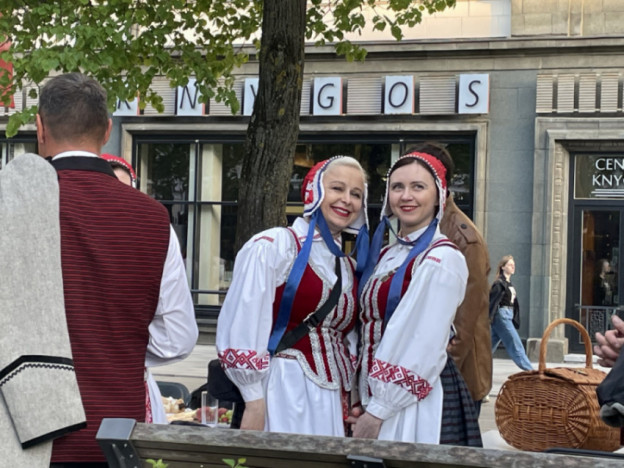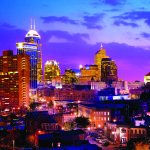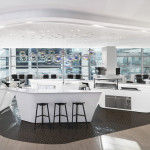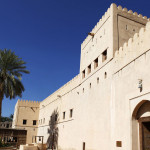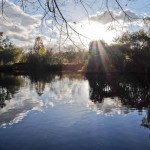Anthea Gerrie joins the celebrations in Kaunas, Lithuania’s second city and European Capital of Culture 2022
It was pouring rain, but there was no dampening the midsummer spirit in Kaunas, the Lithuanian city celebrating the high point of its year as European Capital of Culture. More than 100,000 party people from all over Europe and beyond gathered near the confluence of the Neris and Nemunas rivers to watch acrobats, dancers, folk singers, boaters in gaily-bedecked craft and other performers recreating the Myth of the Beast of Kaunas, a sweet tale about a benign monster who has watched over the city since its inception. They were in town for a fabulous weekend which also included an art fair and a massive street party-cum-food and music festival.
Kaunas is this year giving itself the love is has needed at many points in its turbulent history, including the dark period between 1795 and 1918 when like the rest of Lithuania it was wiped off the map and partitioned. Kaunesians living under Russian rule got the worst of the deal, with books and other printed material in their language prohibited for 40 years. “It’s why we have a unique word for book-smuggler,” explained our city guide, detailing how neighbours ruled by the Prussians were able to continue printing on the far side of the river, getting the word out to townsfolk from whom politics divided them for more than a century.
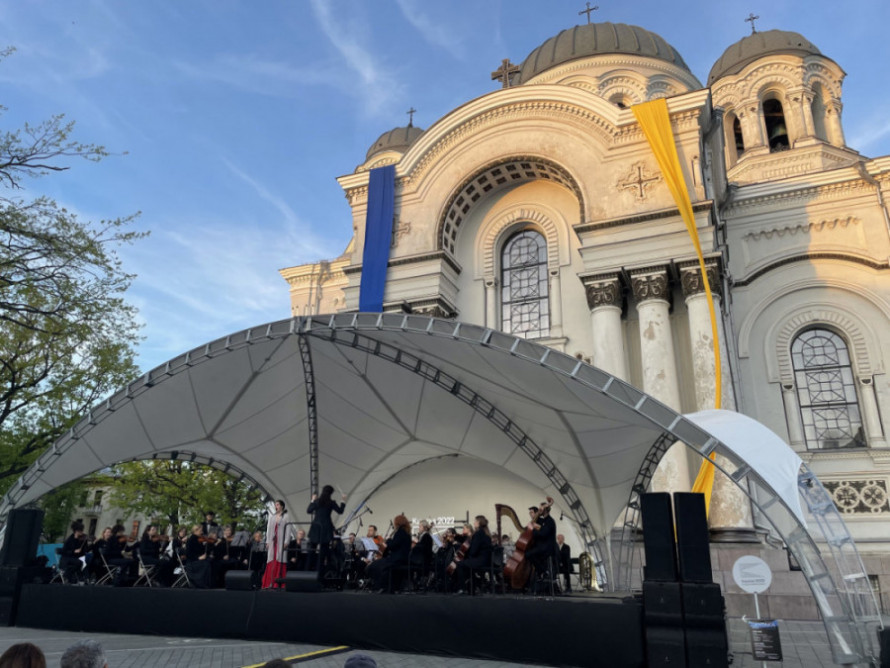
Once reunited under the Lithuanian flag, Kaunas might have remained the country’s second city had the Polish not held on to Vilnius for another 20 years. Instead, it became the de facto new capital, causing culture to bloom in the fertile interwar era which saw the establishment of the country’s major art school and a building boom creating everything from magnificent Art Déco buildings to charming wooden holiday homes along the suburban riverbanks where Kaunesians still like to shake off the pressures of the working week.
Not that life feels particularly pressured in this arty and compact town which has had to survive further invasions curbing citizens’ freedom, their once highly multicultural make-up and threatening their sense of national identity. The Nazis wiped out a sizeable Jewish population, followed swiftly by the return of Russian rulers who imposed a 40-year clampdown on every aspect of Kaunesian life from what kind of clothes could be worn – not chic and definitely not colourful – to what music could be listened to.
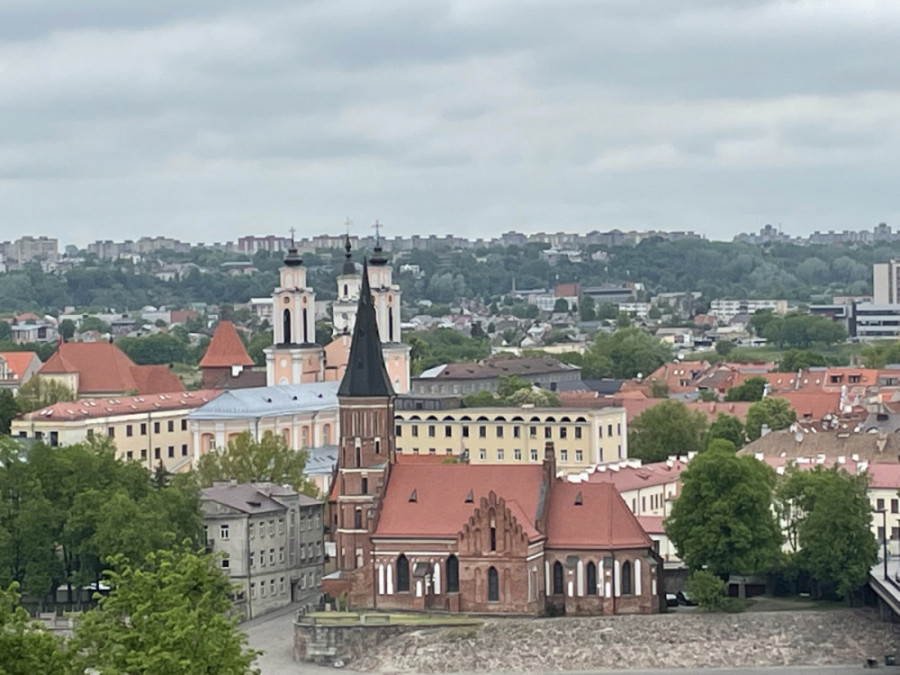
No wonder Kaunas has its own martyr, though it’s shocking to learn that Romas Kalanta was only 19 when he self-immolated in the city centre in 1972 in a cry for freedom. Never to be forgotten, Kalanta is commemorated in the centre of Laisves(the now-pedestrianised Liberty Avenue where he fell) and is also the subject of a major summer exhibition in the former post office, where the banned sartorial and artistic efforts of brave rebels, including the posters they surreptitiously posted for banned concerts, are exhibited alongside Kalanta’s own letters and possessions including a treasured guitar.
Equally touching is the unsung permanent exhibition in the Courtyard Gallery, not a formal gallery or museum but an apartment enclave in the heart of town, almost opposite the Philharmonic building, which was once home to a vibrant Jewish neighbourhood.
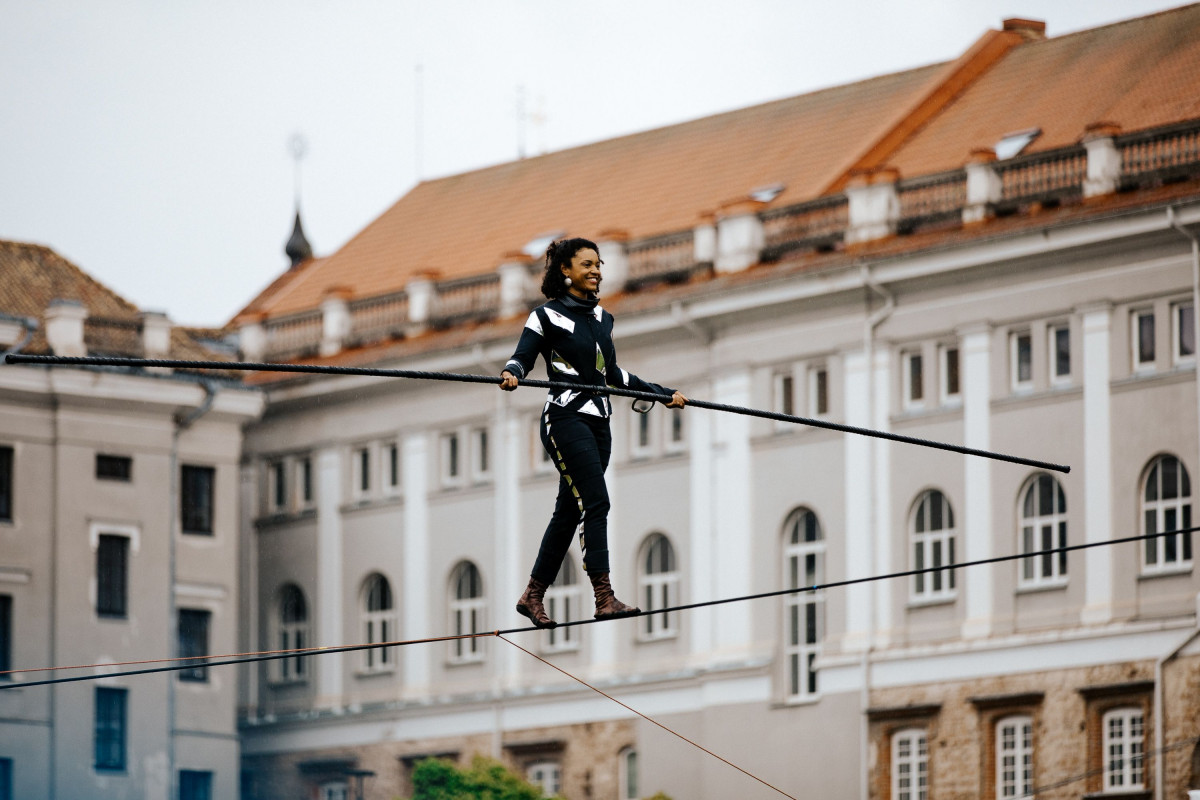
Artist and activist Vytenis Jakas was inspired by tales of the pre-war inhabitants and their close sense of community to attempt to foster a sense of community in the current residents, whose walls are now awash in every form of street art from stencilled murals to huge walls of glass mosaic. On the entry wall , indicated from the main road by a blue arch, a photo-transfer mural of a couple wearing yellow stars pays tribute to the original inhabitants driven from this place between 1939 and 1941.
Jakas has more famously taken the idea of community to the streets over the past five years by creating the Courtyard Festival, not about courtyards at all but encouraging every neighbourhood to celebrate with an annual block party to which they bring not only food but music, flowers for the table and sometimes their hair and perhaps a musical act to share. Strolling the tables lining kilometre-long Laisves Aleja, which is now bisected by a gorgeous double row of lime trees and lined with shops and cafes, we enjoyed every kind of entertainment from folk choirs to line-dancing troupes to a brass band belting out La Mer from balconies on two stories of one of the many art deco buildings along the route.
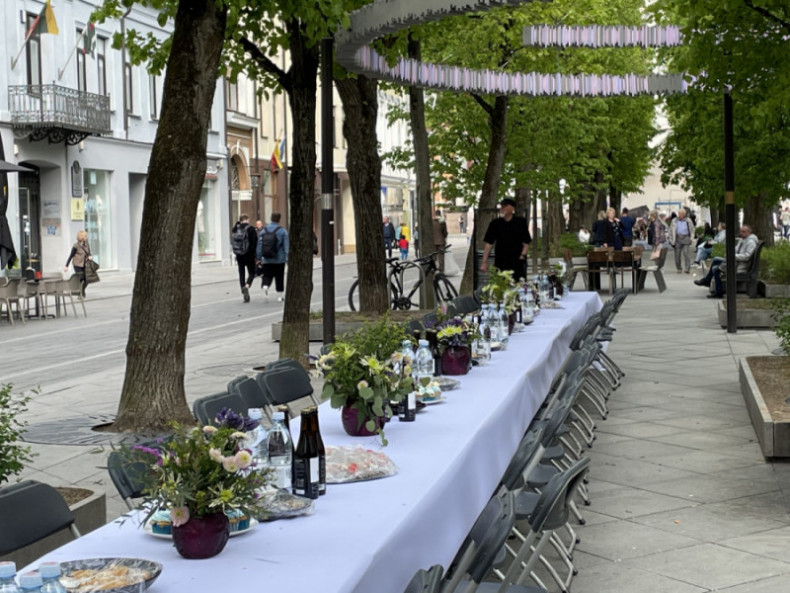
Laisves runs all the way from the magnificent domed orthodox church of Soboras to the old town, perhaps the most picturesque part of Kaunas with its cobbled streets and many mediaeval and Renaissance buildings. A row over exactly what kind of cobbles to use in repaving its main thoroughfare, Vilnius Street, means picking one’s way over rough stones for half a mile, but it’s worth it to reach the charming Town Hall square, red brick Kaunas Castle and the riverbanks beyond.
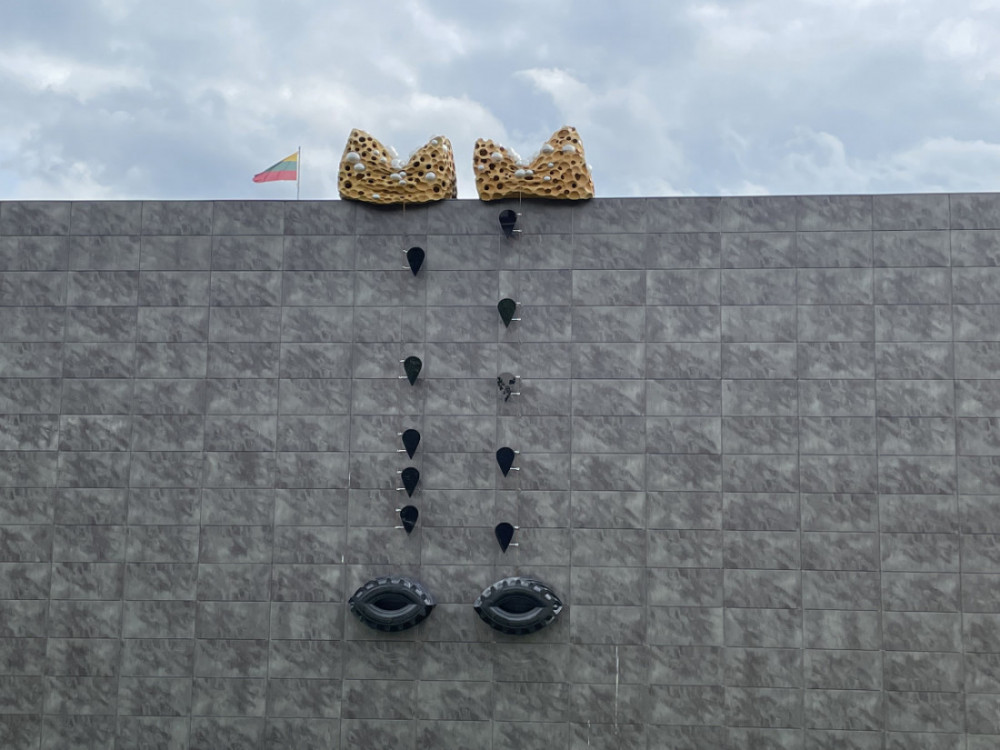
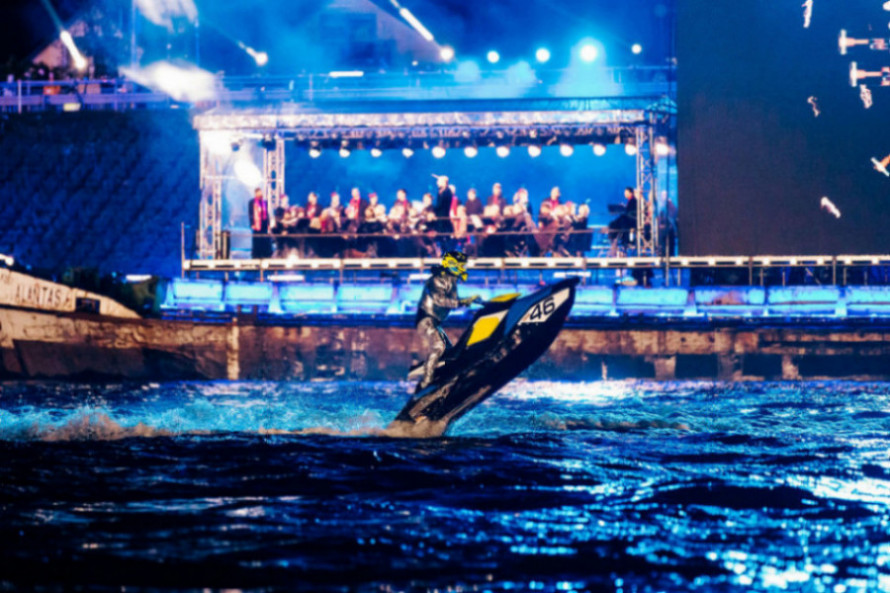
Architecture buffs will want to take a stroll down another major artery, Putvinskio, lined with splendid, if somewhat crumbling art deco buildings and also home to the National Art Museum. While this is home to a new show by William Kentridge, the South African artist who has hitherto stayed away from Lithuania, where his ancestors were murdered, and there are works elsewhere by Yoko Ono and the perennially-tortured video artist Marina Abramovic, don’t miss the summer show relating to the complex relationship between Kaunas and its big sister Vilnius, which became the country’s capital again just in time to face the Nazis and yet another long round of Russian occupation. It’s sufficiently curlicued and exuberant to make Kaunas look positively austere, but both are cool towns, and with less than 60 miles between them it’s possible to visit both in a single trip.
Tell Me More About Visiting Kaunas
Ryanair serves Kaunas direct from London and Liverpool. The city has a Radisson hotel well-placed for Laisves, the principal boulevard, and the major art museums, but the more atmospheric old town has its own boutique hotel options.
A homestay programme offers the interesting option of staying in an authentic art deco holiday home in the riverside suburb of Panemune – check out Experience Kaunas
For more information about Kaunas 2022 check out

